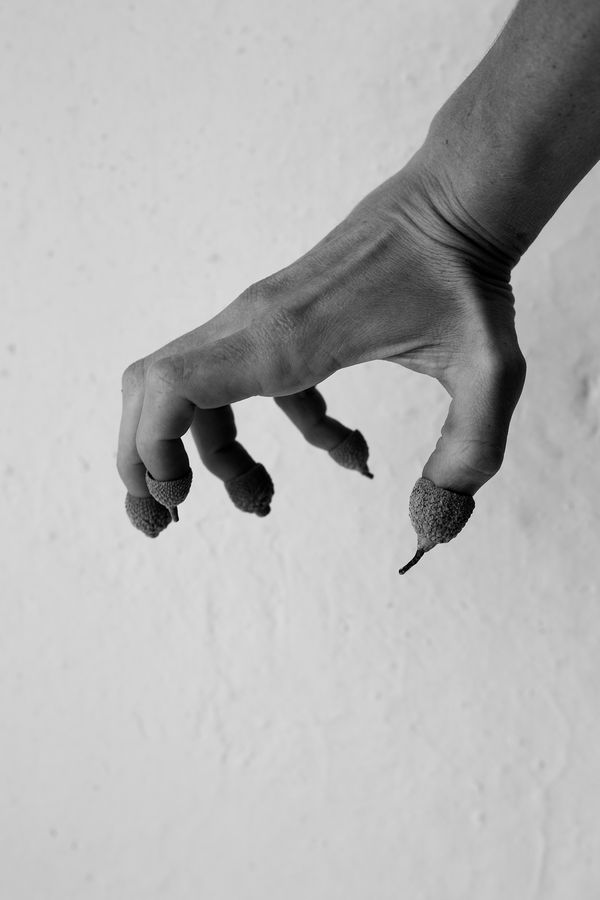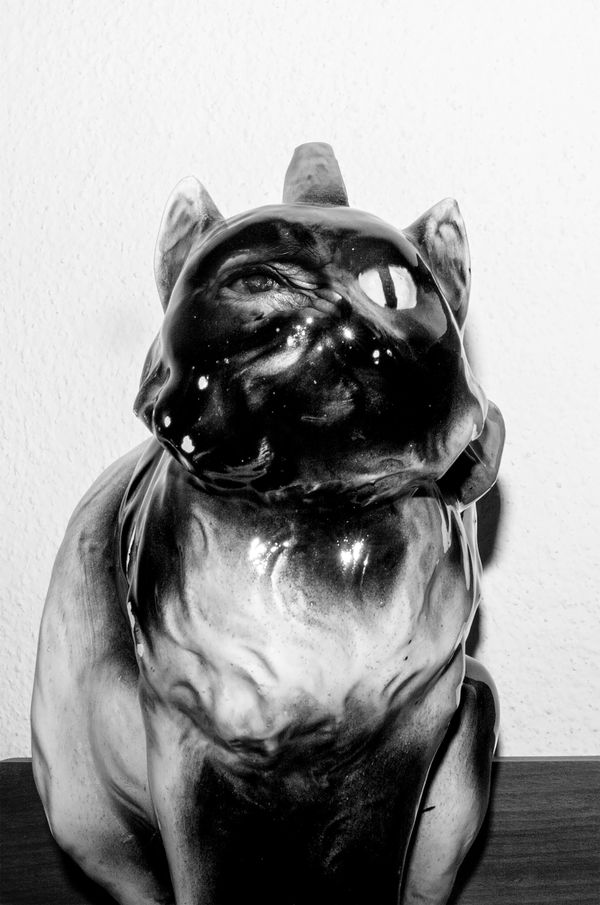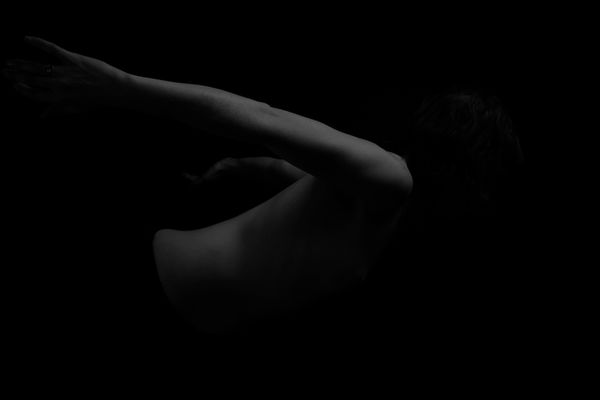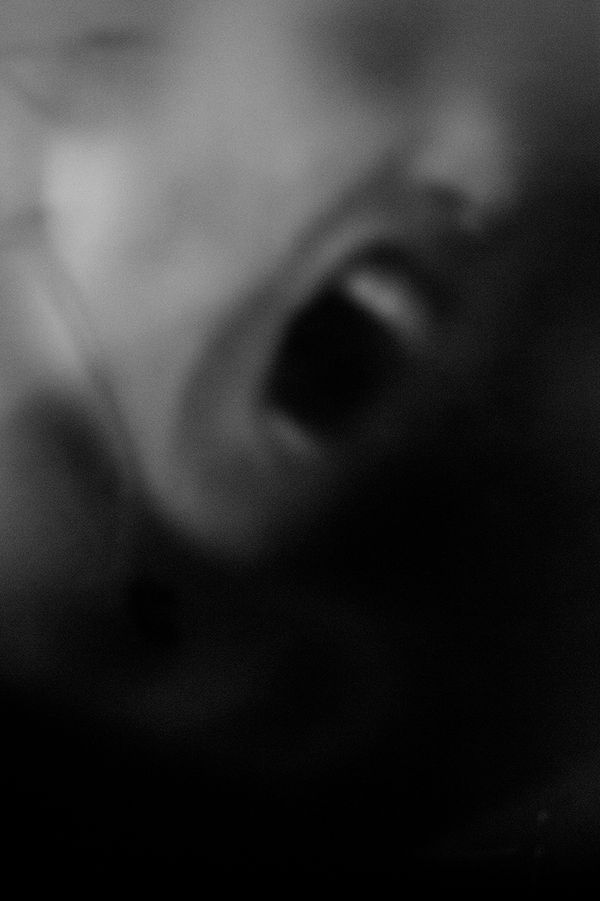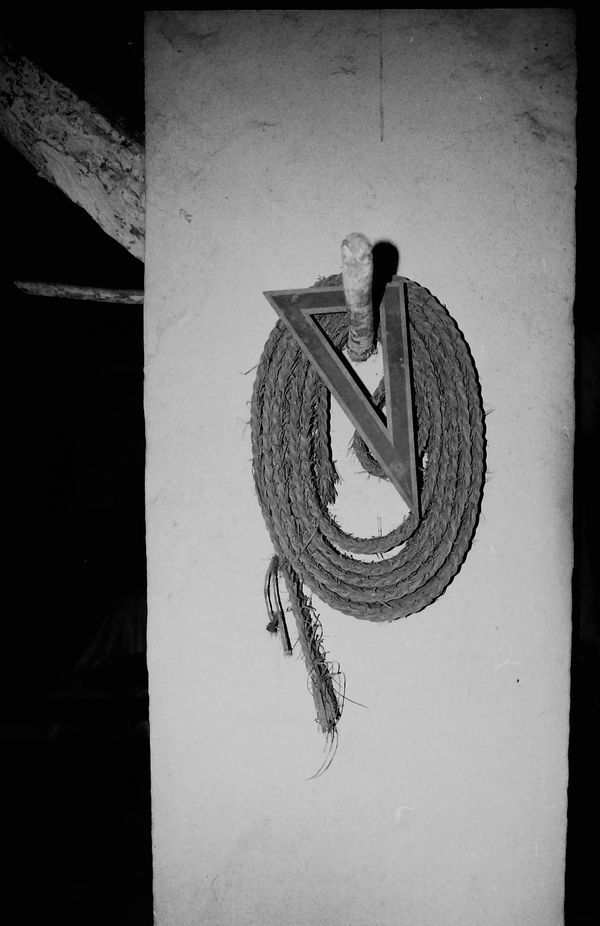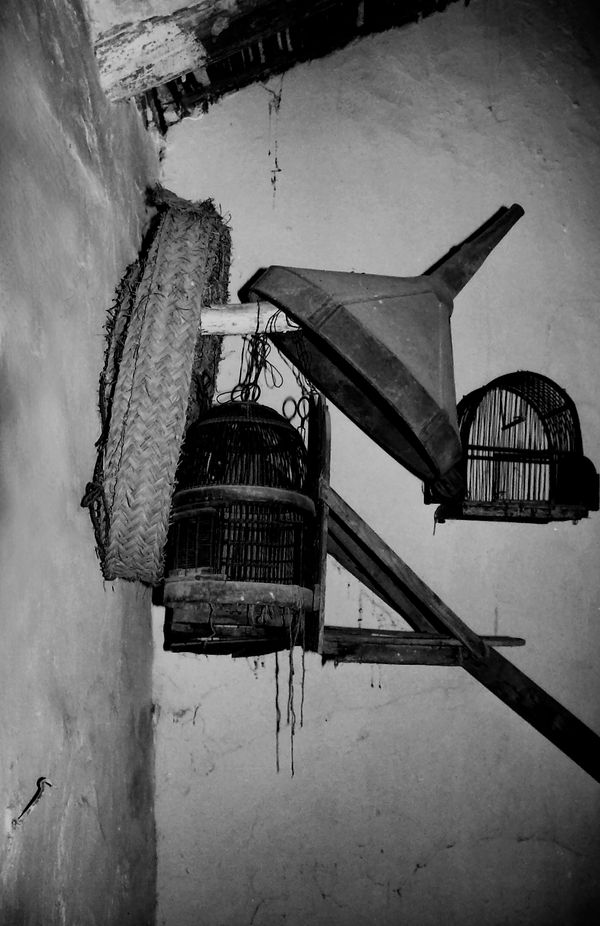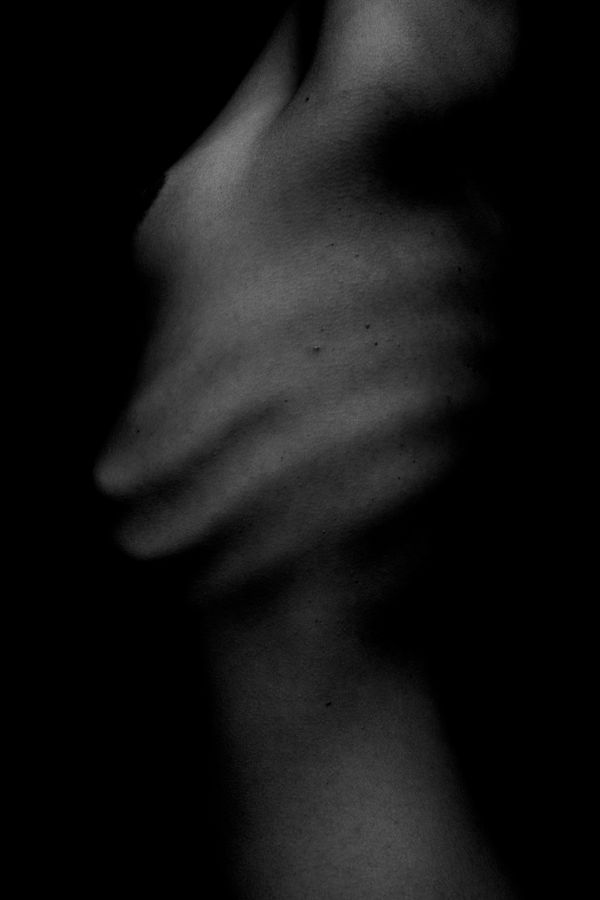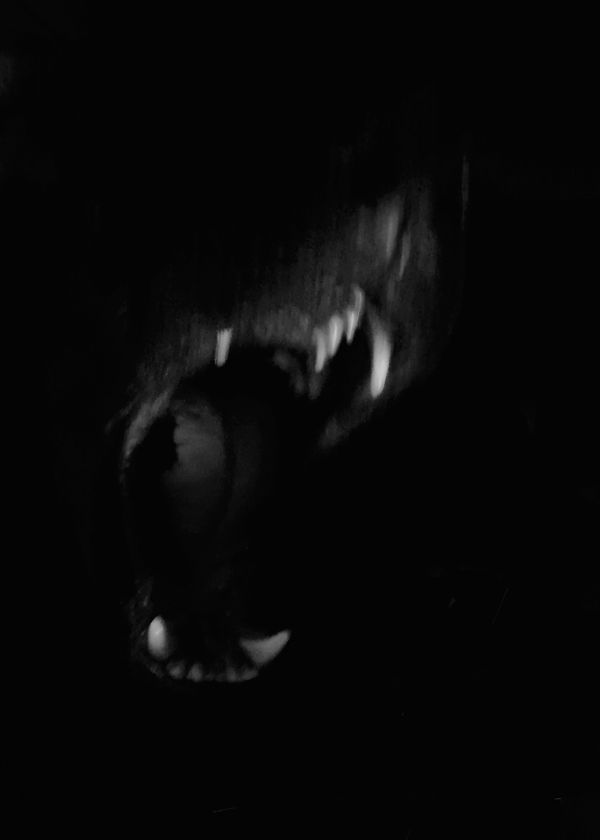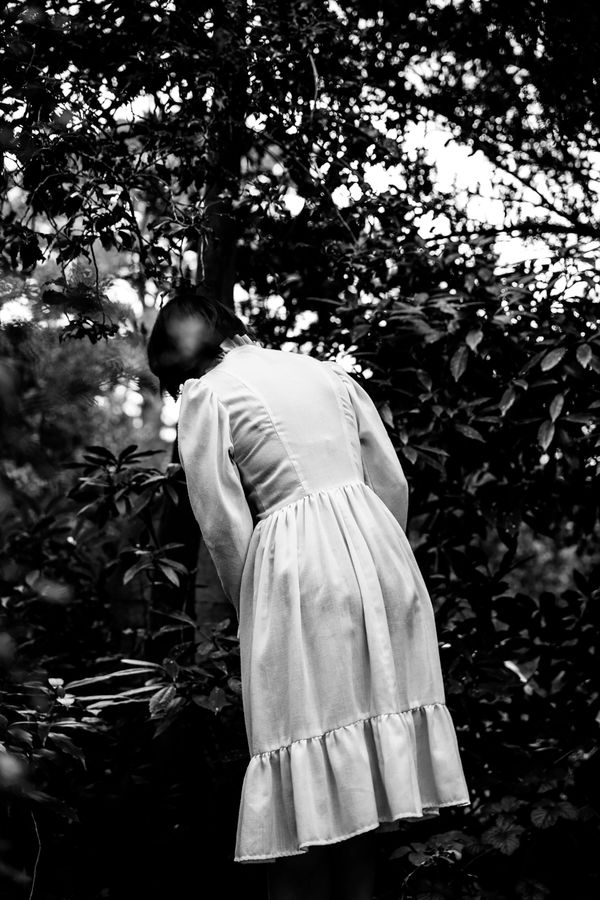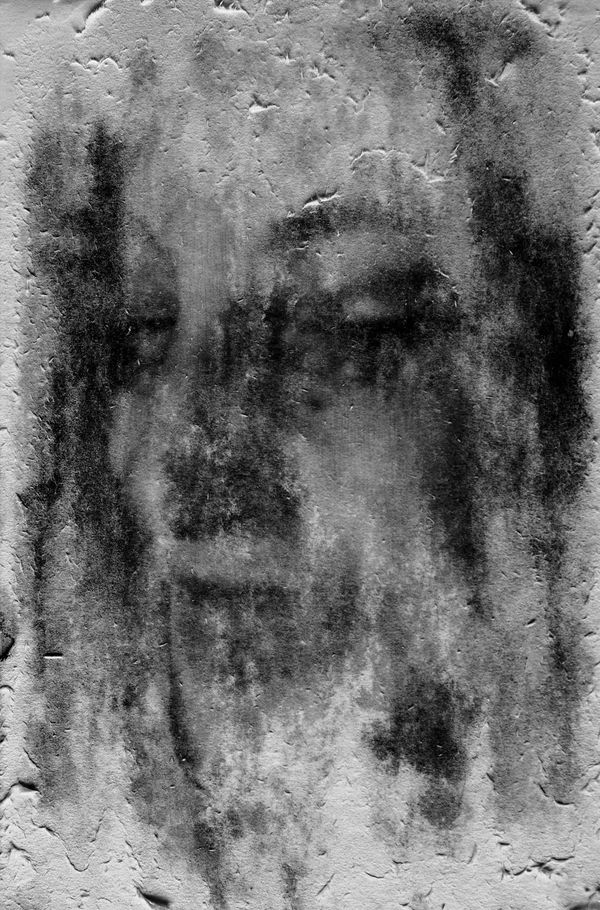Fe+Minus
-
Dates2020 - Ongoing
-
Author
...‘I have endeavoured to show the witch as she really was – an evil liver: a social pest and parasite: the devotee of a loathly and obscene creed: an adept at poisoning, blackmail, and other creeping crimes: a member of a powerful secret organisation inimical to Church and State: a blasphemer in word and deed, swaying the villagers by terror and superstition: a charlatan and a quack sometimes: a bawd: an abortionist: the dark counsellor of lewd court ladies and adulterous gallants: a minister to vice and inconceivable corruption, battening upon the filth and foulest passions of the age’ …
Extract from ‘The History of Witchcraft and Demonology’ (1926), by Augustus Montague Summers.’
The Latin term Malleus Maleficarum translates to "hammer of the witches" in English. It is likely the most important and best-known witch-hunt manual ever written concerning the persecution of women labelled as "witches" throughout the Renaissance. It was written in the 15th century by the inquisitors Heinrich Kramer and James Sprenger and first published in Germany in 1484, and translated into English by an eccentric clergyman - Montague Summer in 1929.
The Malleus Maleficarum was the first modern, organic criminological discourse, meticulously constructed, describing the sources of evil, its forms of manifestation, its symptoms, and the method to combat it.
It also provides the process for witchcraft prosecution, defines witchcraft as a crime, defends its existence, and justifies why its perpetrators are predominantly women. Therefore, this book contributed to the justification and popularisation of brutality against women and the invention of witchcraft as heresy and a sin against God.
The book targets women as the weaker sex, weaker in faith, lusty and easy by nature, and so easy prey for Satan's persuading. In the English translation, they even went so far as to claim that "Femina" (Latin for "woman") derives its derivation from "Fe" (Latin for "faith") + "minus" (Latin for "less"), which is totally erroneous.
The Malleus justified its severe punishment of witches with an extract from Exodus 22:18: ˜thou shalt not suffer a witch to live.” It served as a basis for seeing witchcraft as a perilous and heretical practice of allying with the Devil rather than as a superstition, and as a severe threat to both society and the church.
Despite being an ancient book, produced more than 500 years ago in a completely different era with a magical cultural context, it however has a strong relevance today. Because, it has a lot to do with stereotypes, issues of punitive power, the scapegoats of the enemy in criminal law, and the hunting for someone who always has all the blame.
